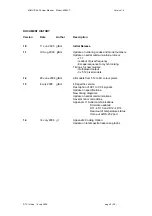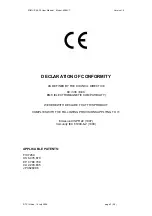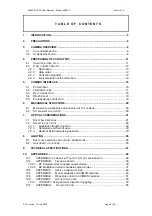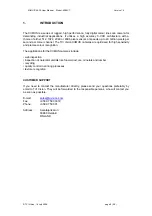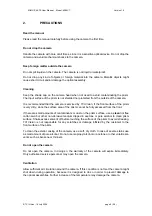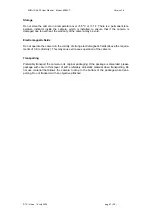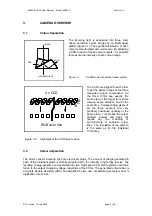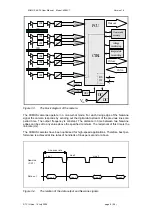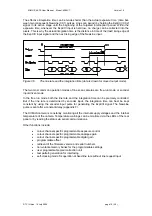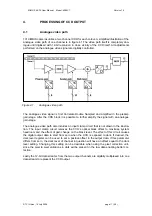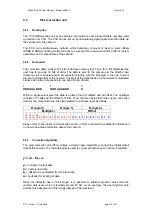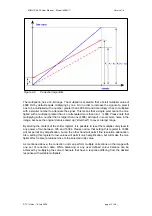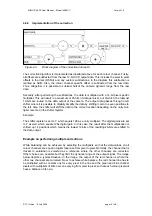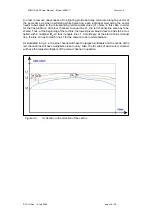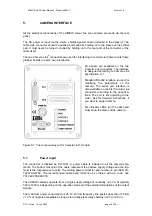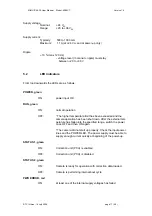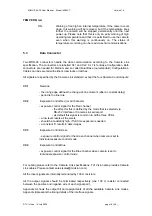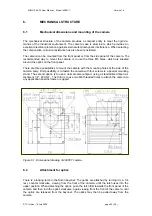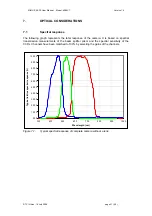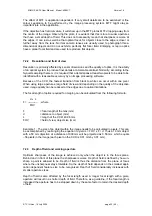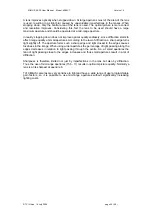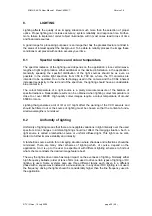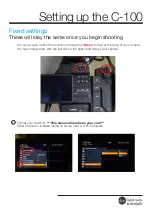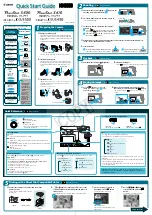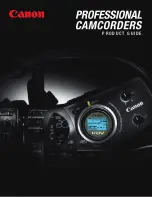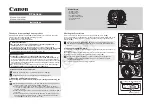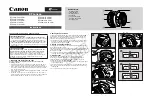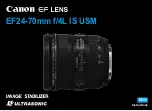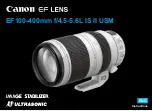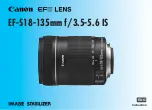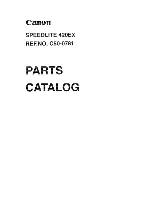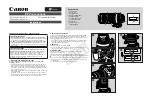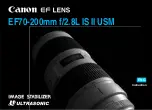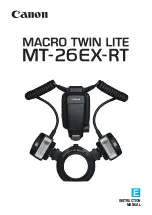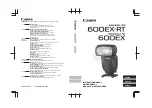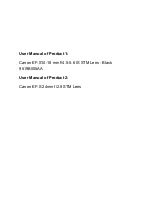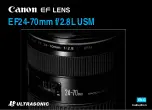
XIIMUS 4K CL User Manual. Model: 4096CT. Version 1.4
The effective integration time can be made shorter than the actual exposure time (time bet-
ween two consequent NewLine (CC1) pulses, Line scan period) by holding the ExpCtrl (CC2)
signal in its active stage until the beginning of the targeted interception period. Within the
exposure time, whenever the ExpCtrl input is held low, no charge can be collected into the
pixels. This is why the actual integration time is the distance in time of the (last) rising edge of
the ExpCtrl input signal and the next rising edge of the NewLine input.
Figure 3.5.
The line rate and the integration time (data is drawn for muxed output mode).
The two most common operation modes of line scan cameras are free-run mode or encoder
input driven mode.
In the free run mode both the line rate and the integration time can be precisely controlled.
But if the line rate is determined by encoder input, the integration time can best be kept
constant by using the encoder input pulse for generating the ExpCtrl signal. The NewLine
pulse is sent after a constant delay (appendix F).
The XIIMUS camera is constantly monitoring all the internal supply voltages and the internal
temperature of the camera. Temperature warnings can be monitored via the LEDs of the rear
panel or by reading the status via serial communications.
Other functions include:
•
colour channel specific programmable exposure control
•
colour channel specific programmable analogue gain
•
colour channel specific programmable digital gain
•
programmable
offset
•
retrieval of the firmware version and serial numbers
•
non-volatile memory banks for the programmable settings
•
user programmable pixel correction unit
•
test pattern generation for interfacing
•
self-clocking mode for operation at fixed line rate without line request input
© TVI Vision, 14 July 2006 page 10 ( 56 )


